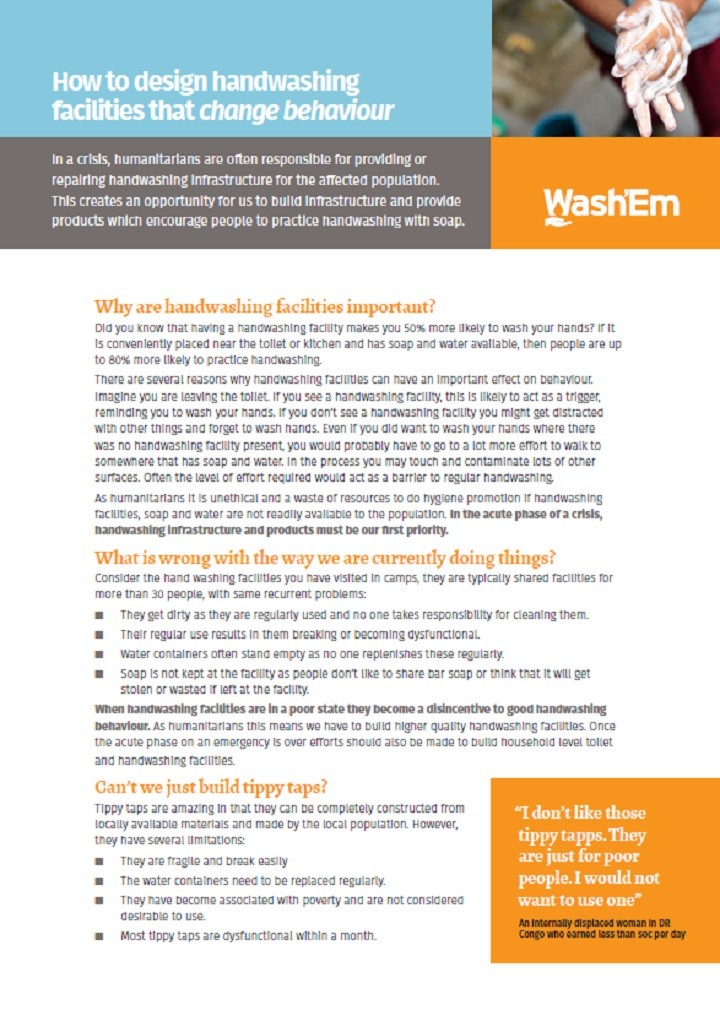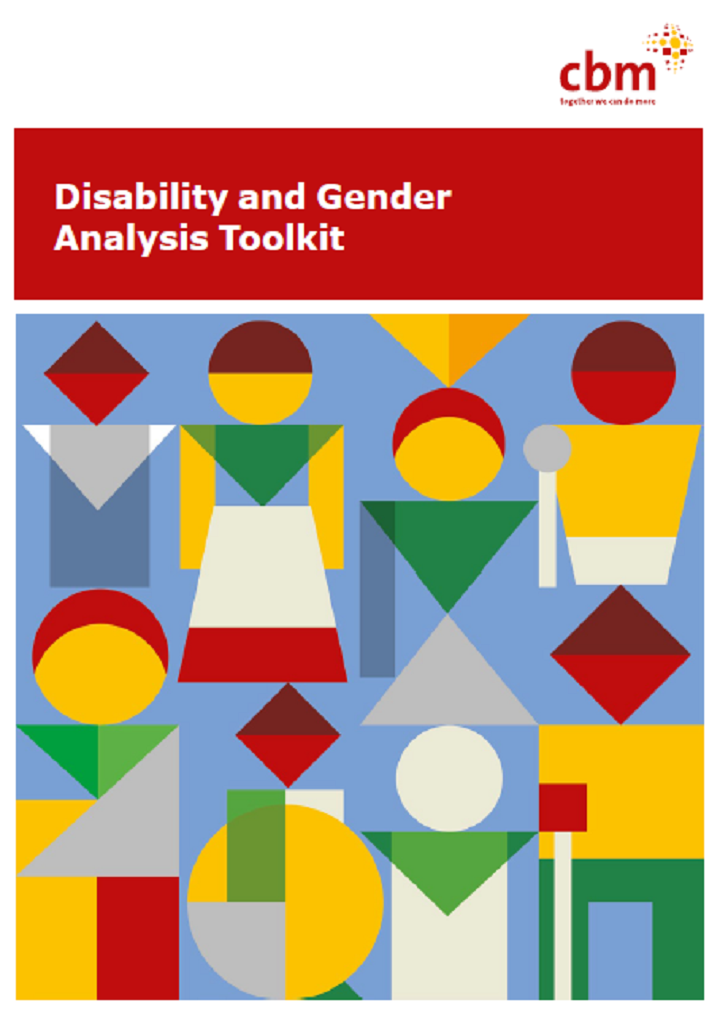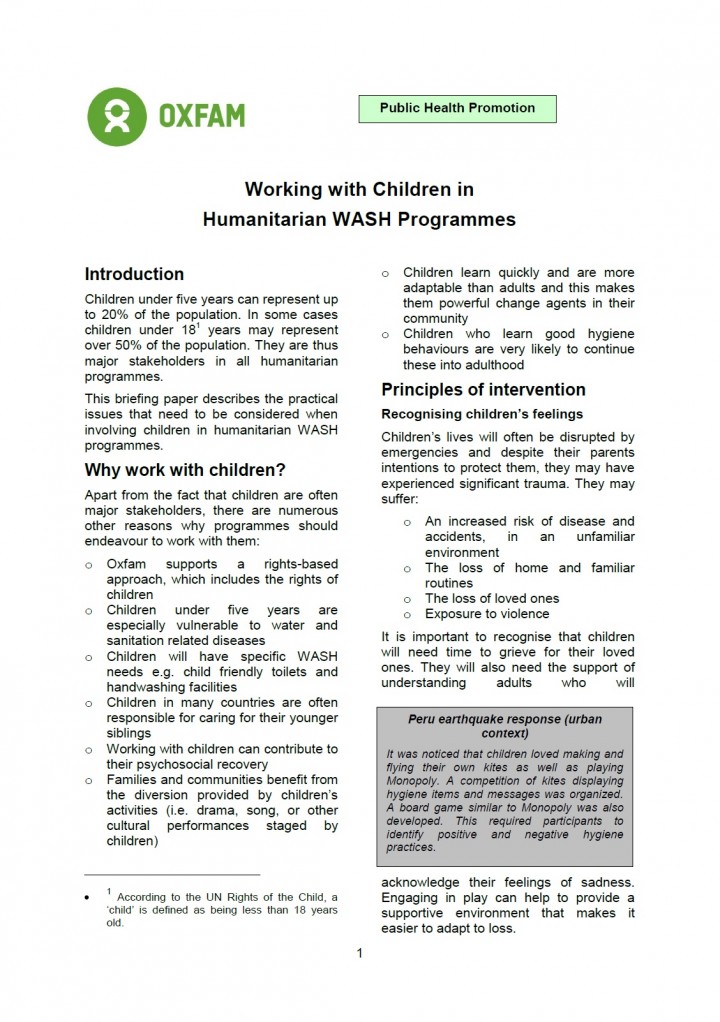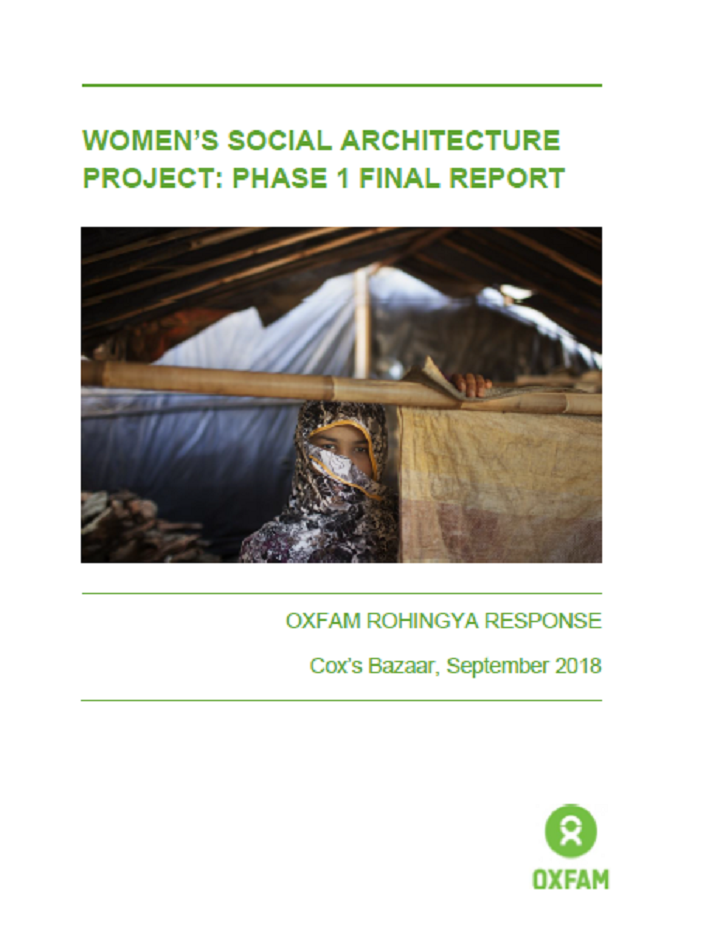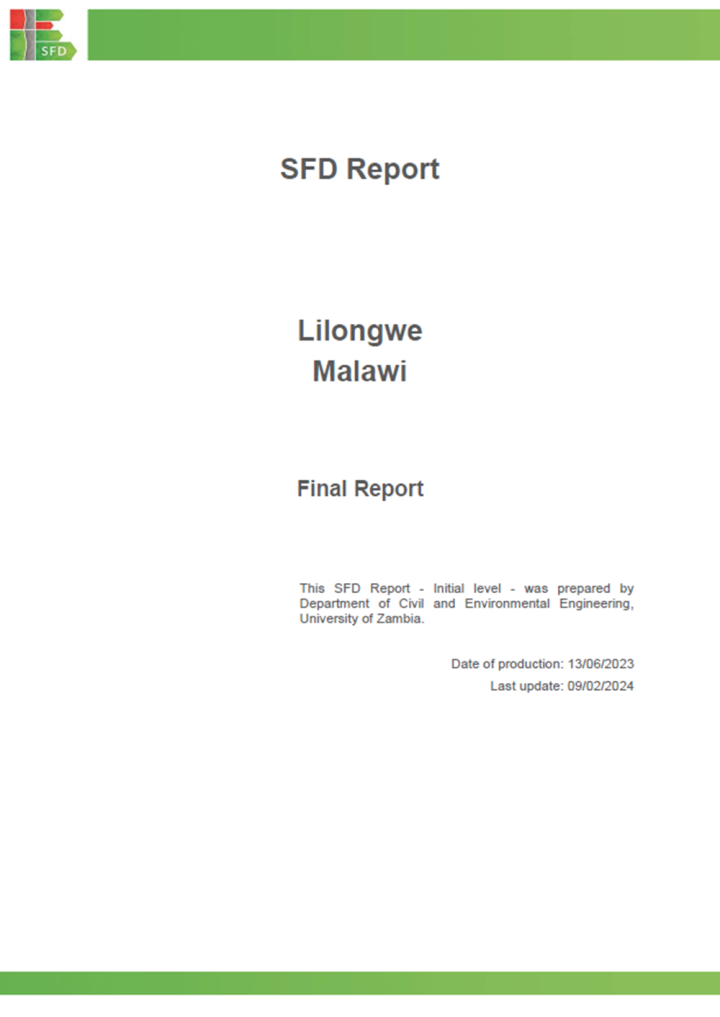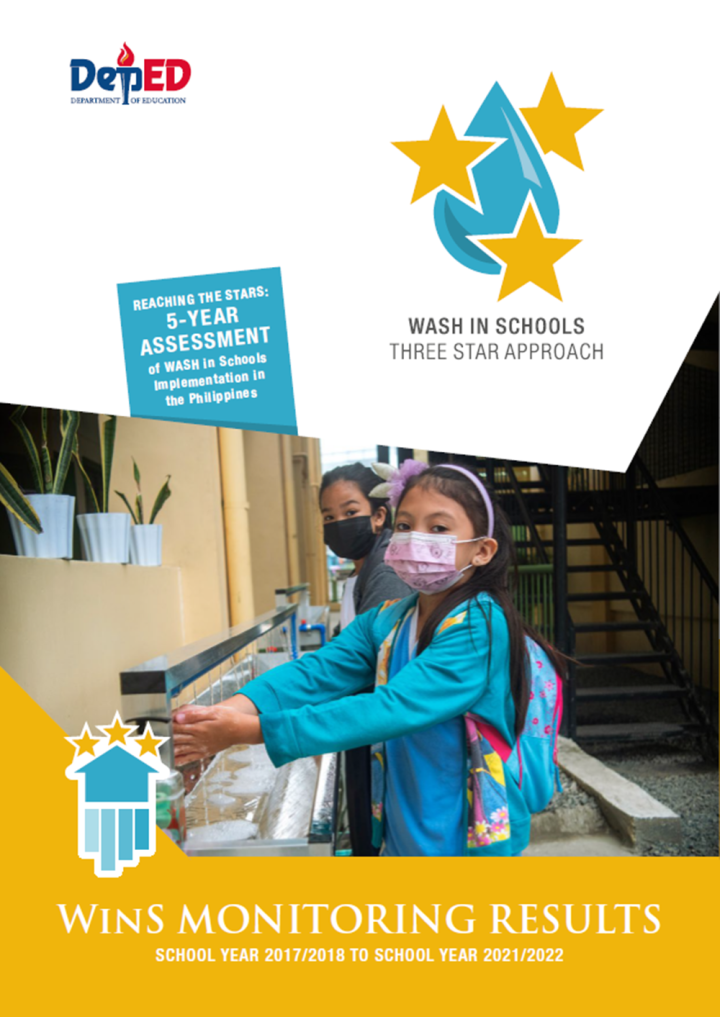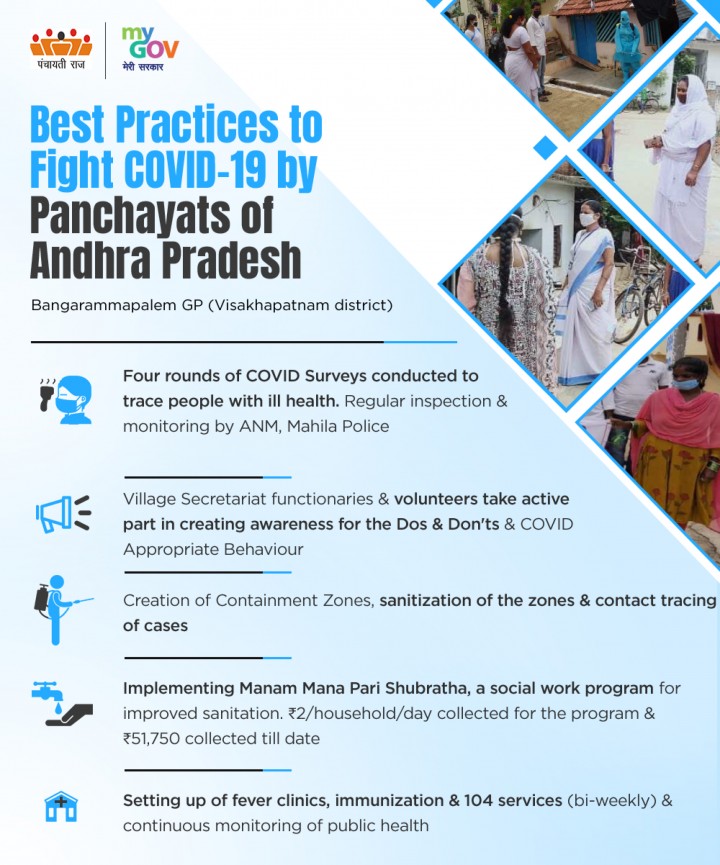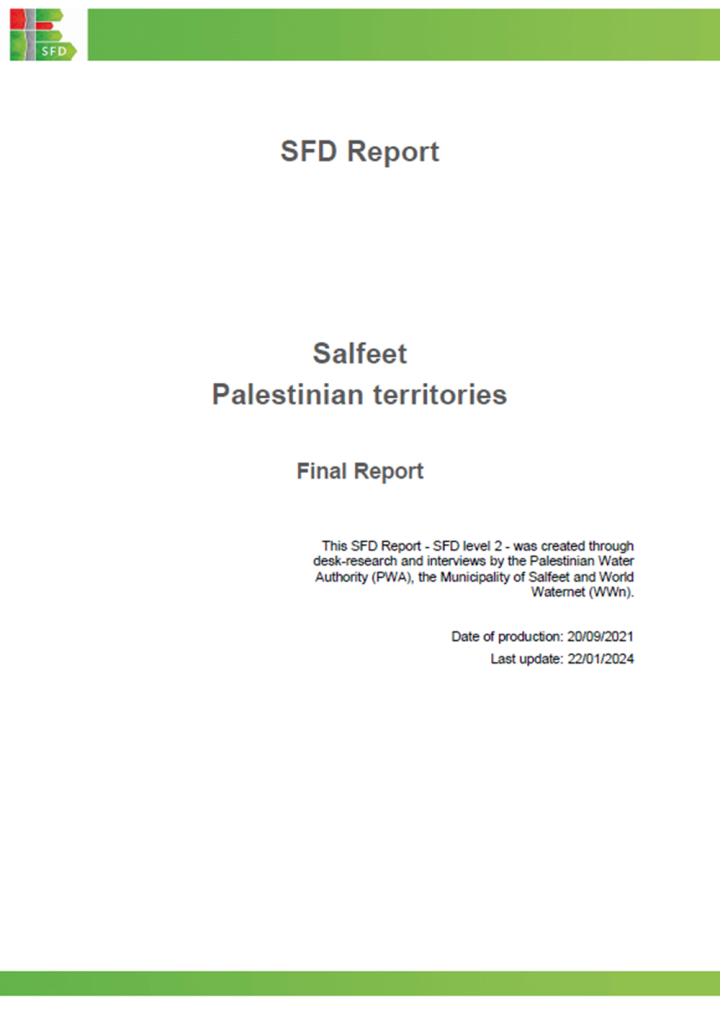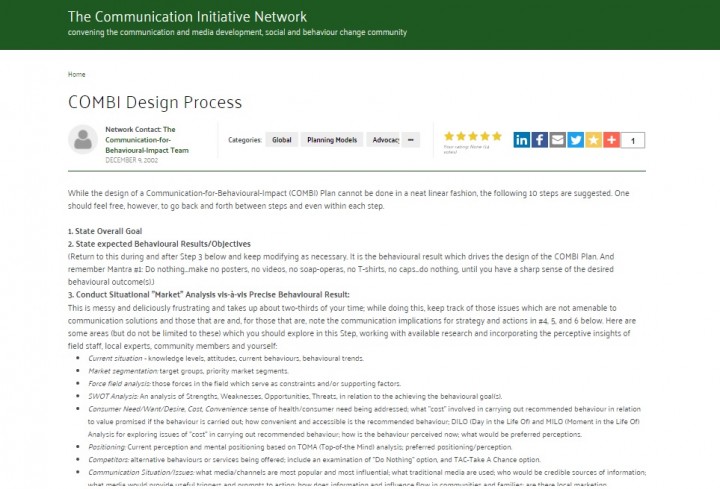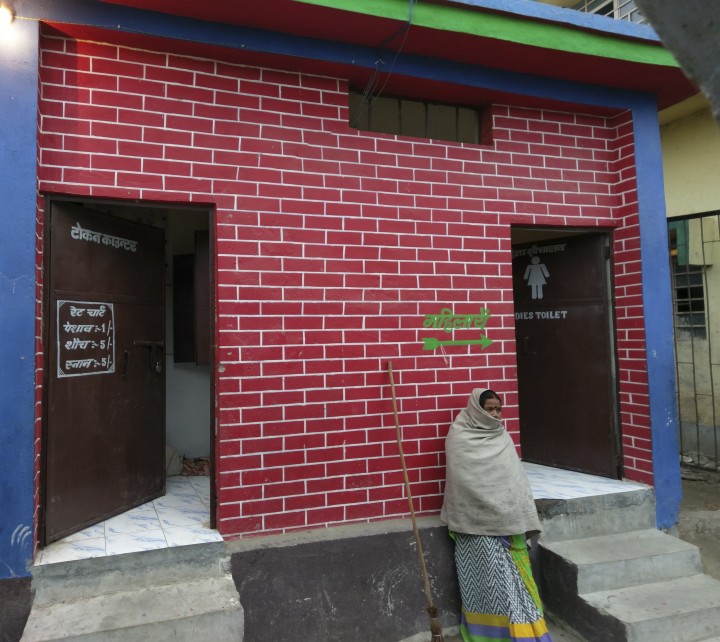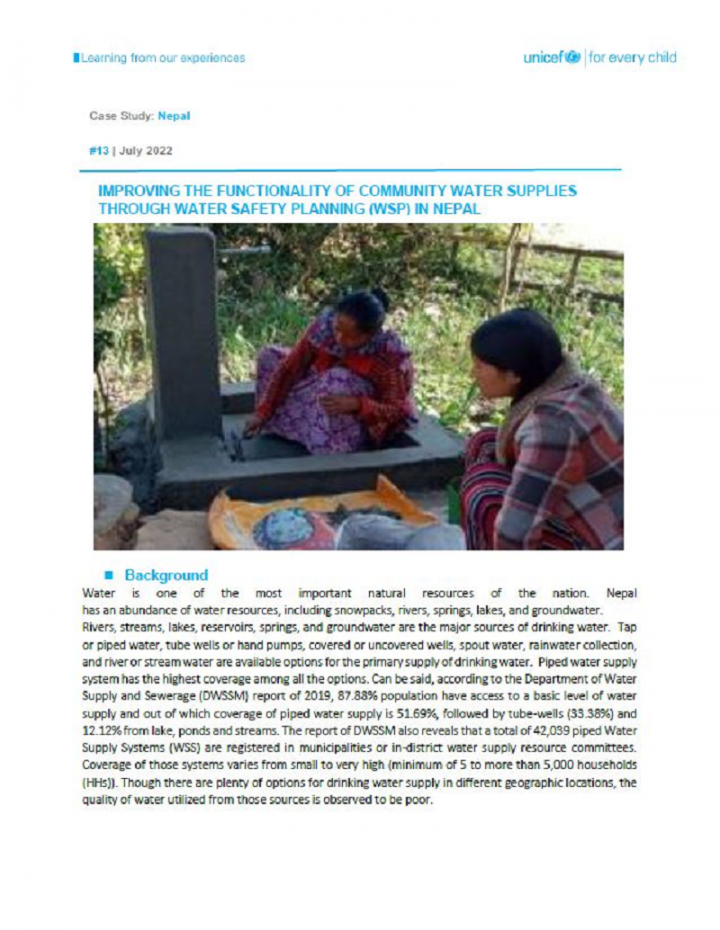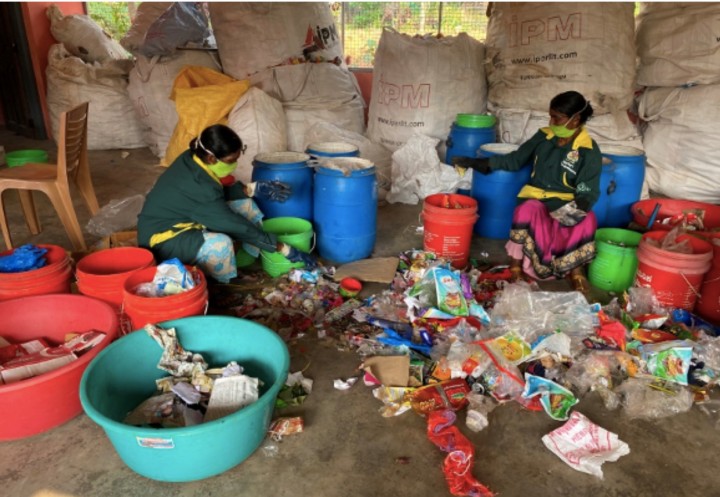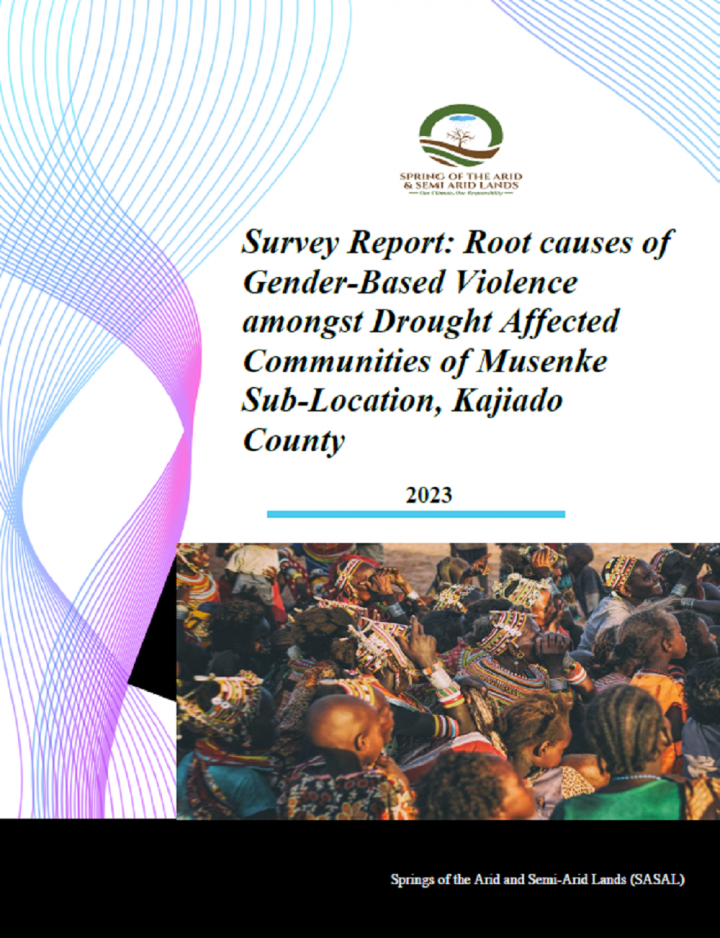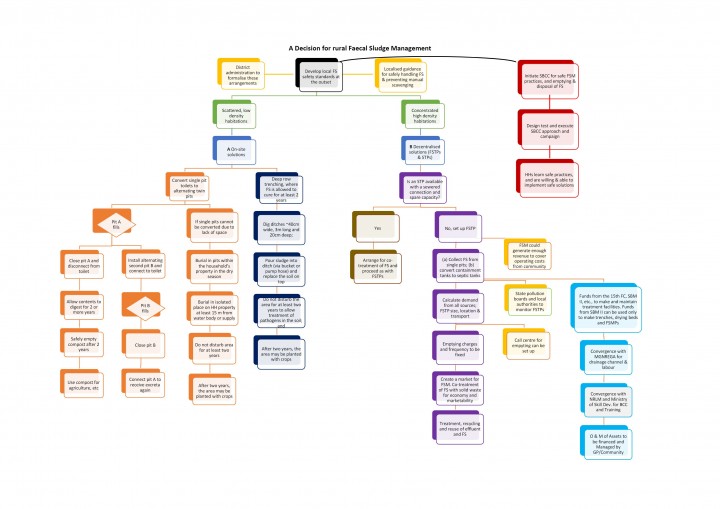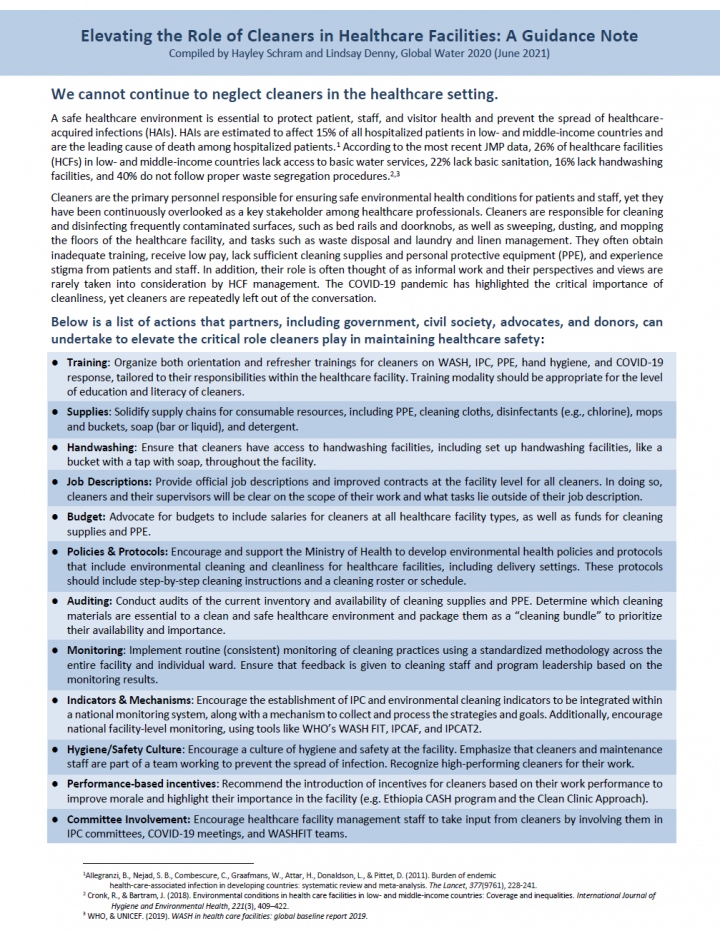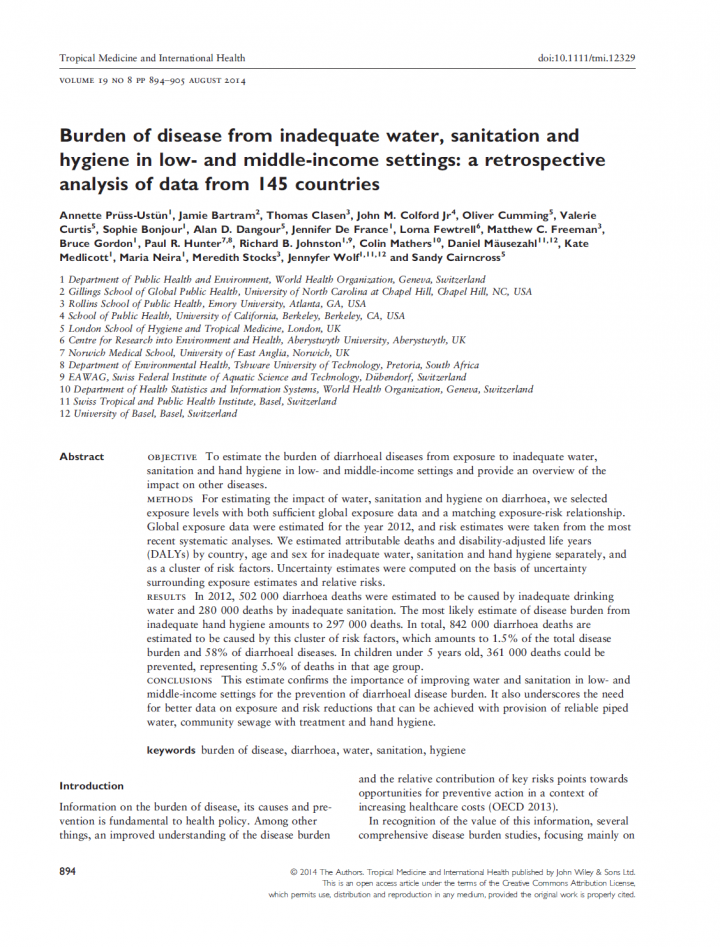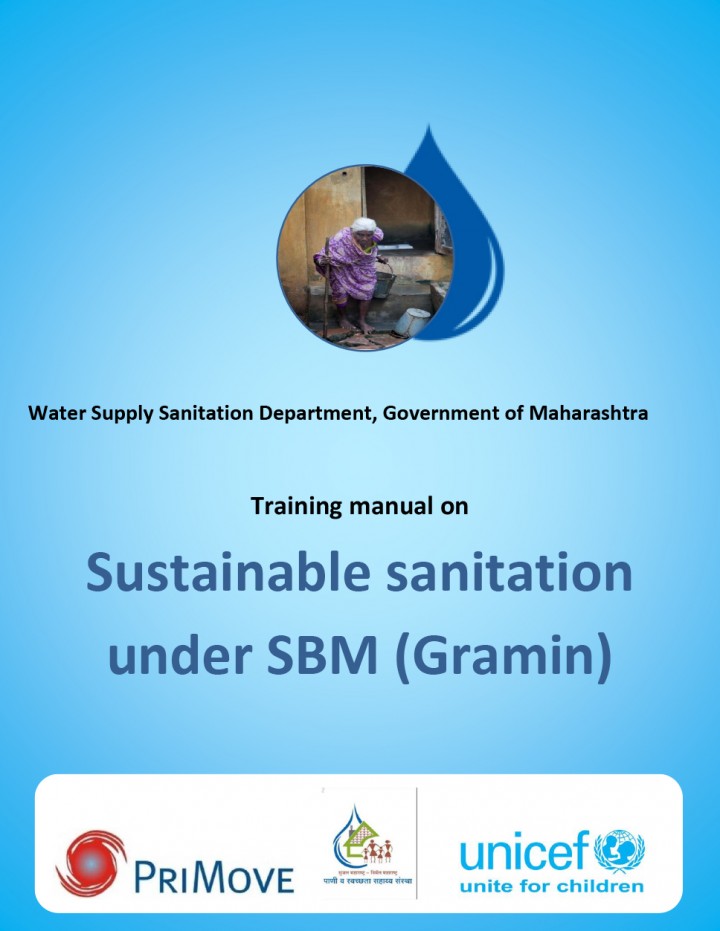Searching for information on Sanitation Workers?
The Sanitation Workers Knowledge + Learning Hub is the best source for all current news, trends, articles and updates on sanitation workers rights around the world.
The Plus Codes are a unique solution, a digital address given to every location on earth. Shelter Associates and UNICEF partnered to map social and basic services of the slum settlements with unique location codes. This location code can be used on Google Maps and will allow slum residents to access services such as postal, emergency services, gas cylinders and other online services. In addition …
This resource explains why it is important to use Sphere standards throughout the humanitarian programme cycle, and how to do so. The document starts with a section on how to use humanitarian standards in your context. This is followed by standalone but complementary chapters for Assessment, Monitoring, Evaluation and Learning.
The COVID-19 pandemic has forced the restriction of movement and closure of borders in many locations in Myanmar. This coupled with lack of access and mobility to certain areas for security reasons posed challenges to monitor handwashing interventions. In response, UNICEF developed a real time remote monitoring tool for handwashing facility distribution and installation using RapidPro, a free, …
A very centralized Department of Education (DepED) in the Philippines adopted a decentralized approach by giving all the responsibilities to school principals to adjust the school’s needs and implement a phased approach of the WASH in Schools programme. Since Typhoon Haiyan’s emergency response, addressing water, sanitation and hygiene (WASH) needs has become a priority for the Education …
Children under five years can represent up to 20% of the population. In some cases children under 18 years may represent over 50% of the population. They are thus major stakeholders in all humanitarian programmes. This briefing describes the practical issues that need to be considered when involving children in humanitarian WASH programmes.
In May and June 2018, Oxfam undertook research with Rohingya women and adolescent girls living in Cox Bazar refugee camps, focused on the barriers and enablers of using WASH facilities in the camps. The research brought two female architects to work with women and girls to adapt the design of existing facilities, and to design new facilities to meet their needs. From discussions with women and …
It is now globally recognized that sanitation workers face a fatality risk that is 10 times higher than workers in all other industries, and their injury risk is 2.5 times higher than that of miners. Pakistan is the most urbanized country in South Asia and most of the urban population resides in 10 large cities of which five are in the province of Punjab. In Punjab province, these big cities are …
The capital city of Malawi, Lilongwe City, is situated in the Lilongwe river inland plains at the junction of the Namanthanga and Lilongwe rivers. The city is located in Lilongwe District which is found in the Central Region of the Republic of Malawi.
Lilongwe city had a population of 989,318 people as per the most recent census in 2018, which was 5.6% of Malawi's total population. As of 2018, …
Water, Sanitation and Hygiene (WASH) in Schools program in the Philippines has improved significantly over the past years of implementation and contributed to the health and well-being of school children. The program started in 2016 through the DepEd Order No. 10 S-2016 titled “Policy and Guidelines for the Comprehensive WASH in Schools (WinS) Program”. This policy has able to set specific …
A participatory video by youth from the community of Tumbit Melayu feedback on the water, sanitation and hygiene promotion (WASH) project implemented by the Indonesian Red Cross Society (Palang Merah Indonesia-PMI) with the support of IFRC in the district of Berau, East Kalimantan province.
Salfeet is located in the middle of the West Bank. It is bordered by the Ariel settlement and Marda village to the north, Nablus Governorate to the east, the Green Line (the 1949 Armistice Line) to the west, and Ramallah Governorate to the south. As a region, Salfeet covers a total land area of 27 km2.
The 2021 population is 11,873 inhabitants (PCBS, 2021) with a population growth rate of …
Water is one of the most important natural resources of the nation. Nepal has an abundance of water resources, including snowpacks, rivers, springs, lakes, and groundwater. Rivers, streams, lakes, reservoirs, springs, and groundwater are the major sources of drinking water. Tap or piped water, tube wells or hand pumps, covered or uncovered wells, spout water, rainwater collection, and river or …
The Waranga panchayat in Hebri Taluk of Udipi district has seen an extensive change in the way it manages waste. Since 2017, the panchayat has initiated actions towards safely managing its solid waste. Waranga has achieved significant change and stands as an example to many panchayats on solid waste management (SWM). Being a Grade-I panchayat with 8000 population living in 1500 families, …
This study was conducted in the pastoral community of Musenke Sub-Location in Kajiado County (Kenya).
The purpose of this study was to carefully identify root causes of gender-based violence (GBV) and closely associated themes, the extent of harm and level of response. Additionally, the study aimed to understand the community’s cultural practices, economic status and willingness to accept and …
One of the largest constraints that cleaners experience is the lack of WASH, and formal training on IPC, PPE, and hand hygiene. A needs assessment study conducted in 56 healthcare facilities throughout Bangladesh, India, The Gambia, and Zanzibar reported that on average less than a third delivered formal training to their cleaning staff. 4 Training is essential in ensuring a safe and clean …
Objective
To estimate the burden of diarrhoeal diseases from exposure to inadequate water, sanitation and hand hygiene in low- and middle-income settings and provide an overview of the impact on other diseases.
Methods
For estimating the impact of water, sanitation and hygiene on diarrhoea, we selected exposure levels with both sufficient global exposure data and a matching exposure-risk …
This manual begins with the status of sanitation in the state and key observations regarding sanitation followed by the concept, government guidelines and methodology for major stages of ODF are discussed in detail. Later, the components of sustainable sanitation, maintenance and repairs of sanitation facilities, alternative finance options, entrepreneurship development opportunities and …





